In
1954, Ho Chi Minh’s government in the north and the French colonial
administration in the south agreed an armistice that involved a ‘temporary’
partition of Vietnam. The Ben Hai River, in the extreme north of Quang Tri
province, became the arbitrary line dividing the two halves of the country.
When the southern ‘government’, backed by the US, reneged on the national elections promised in the agreement, Quang Tri became the theatre where most of the important scenes of the Vietnam War were staged.
From then until
the early seventies when the Vietnamese army overwhelmed the defences along the
southern edge of the DMZ, Quang Tri was a battlefield, one of the most
intensively bombed areas in military history. It left a barren desert created
by hundreds of thousands of tons of high explosive, estimated to be the
equivalent of seven Hiroshima atom bombs, as well as napalm, phosphorous and
herbicide.
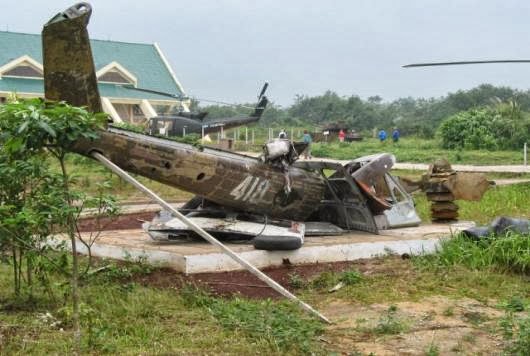
Today, nature has
reclaimed much of the land, but craters are visible almost everywhere in the
area.
It has been estimated
that nearly a third of the ordnance failed to explode. Clearance is continuous,
but there are still enough live landmines, bombs and shells to add to the tens
of thousands of children and adults killed or maimed by unexploded ordnance
since 1975. The numbers are dropping, but incidents of death or injury among
local people are reported almost every week.
Accidents affect
children walking to and from school or the market who mistake grenades for
toys, farmers ploughing or planting crops, building workers digging wells or
laying foundations, and poor peasants attempting to dismantle a bomb or shell
to sell the scrap metal for a small amount of cash.
The main sites and
paths are now free of danger, but venturing off the beaten track is unwise
unless you’re accompanied by a professional guide.
If you travel with
Newyouth
Tourism, you’ll have an expert local guide who will not only have
intimate knowledge of the area, but will also keep you away from unsafe
locations.
Apart from war
memorabilia, little remains of the pre-war towns and villages. Nevertheless,
there are a couple places of interest beyond those directly linked to the war.
Quang Tri town,
once an important citadel town and the provincial capital, is mostly an
evocative ruin. There are a few remains of the citadel, built in 1824 by King
Minh Mang, but not much else.
On the other hand,
Dong Ha, the present provincial capital, has flourished. It has a large
deepwater port, a direct route to Laos via the Lao Bao border gate 80kn to the
west, and is likely to be an important hub on the planned trans-Asia highway.
It has a decent hotel and is a good centre from which to explore the DMZ in
depth.
Near the Laos
border, Huong Hoa is a unremarkable small town in the foothills of the Annamite
mountains. Formerly known as Khe Sanh, it’s known for the coffee produced from
plantations developed by the French. The interest for our visitors is a German
project linking Kraft Foods Germany and the Dutch ‘Douwe Egberts’ coffee
company with a Vietnamese Arabica coffee producer to develop high quality
coffee without exploiting the farmers or damaging the environment.
A sizable
proportion of Huong Hoa’s population is poor Bru Van Kieu ethnic minority
people – you’ll probably meet women smoking long-stemmed pipes.
The Best Vietnamese Foods in Quang Tri:
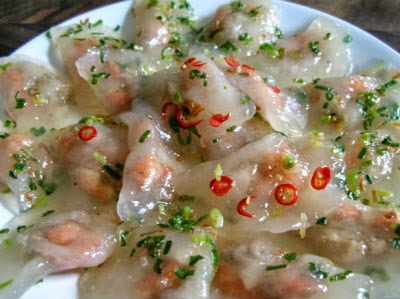 |
| Bot Loc Cake |
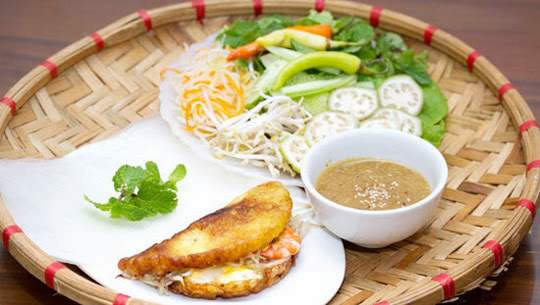 |
| Khoái Cake |
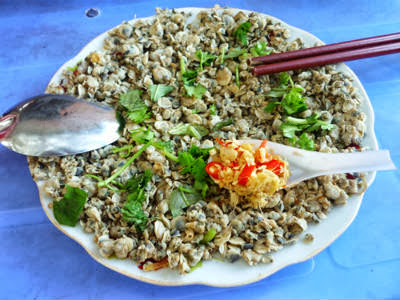 |
| Bún Hến Mai Xá |
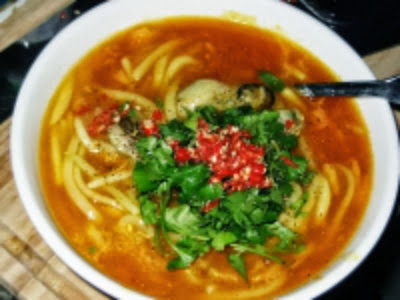 |
| Cháo Bột |
 |
| Lồng Sả |
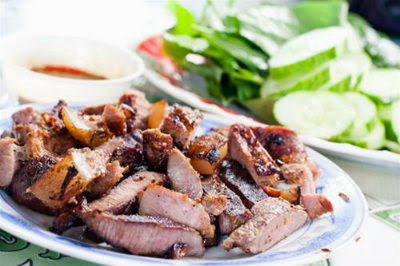 |
| buffalo meat |
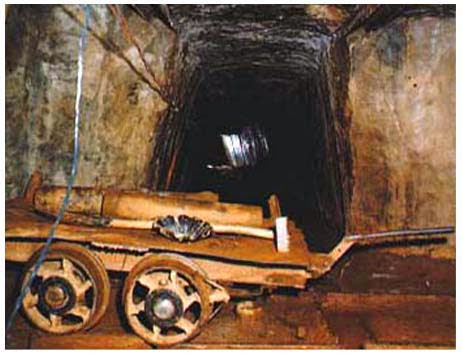

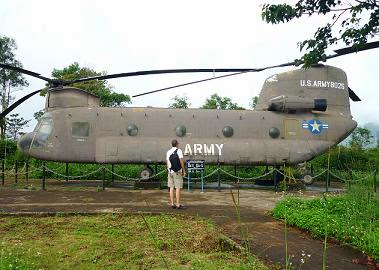






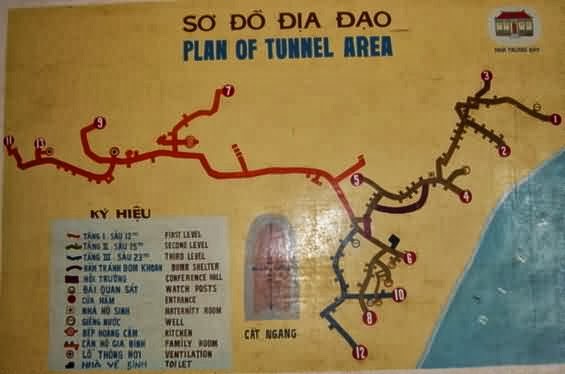
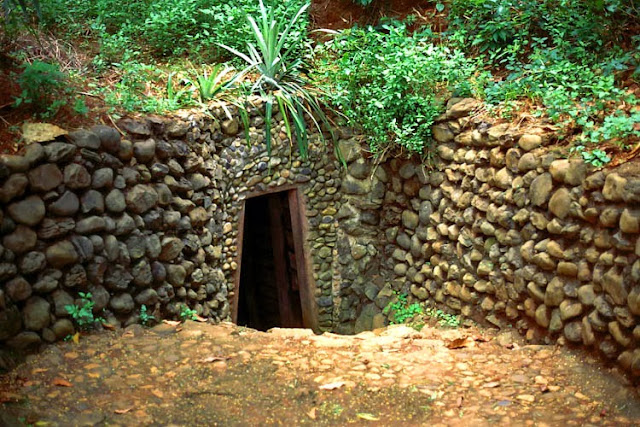
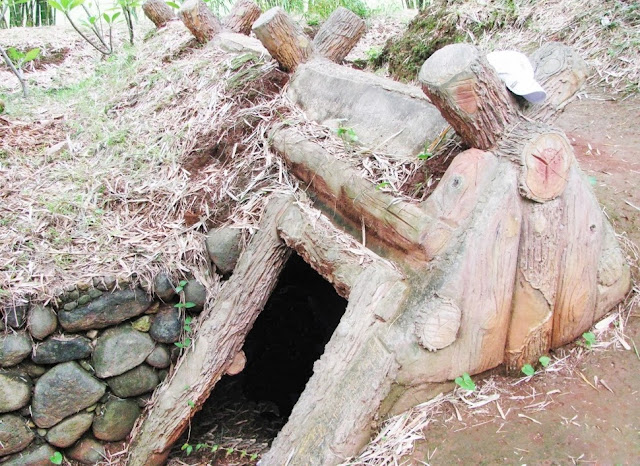

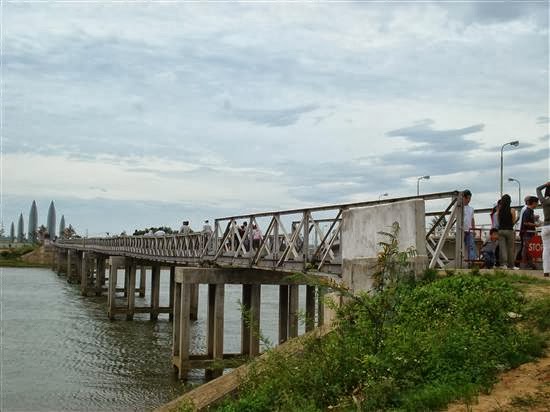
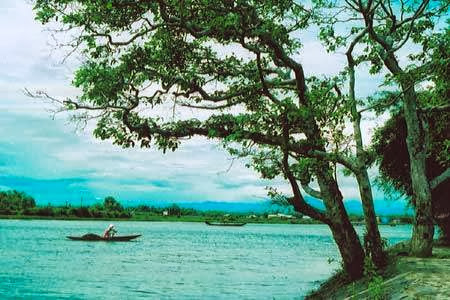
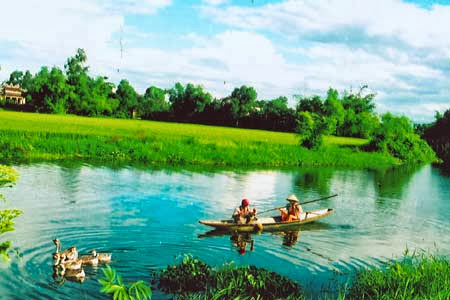
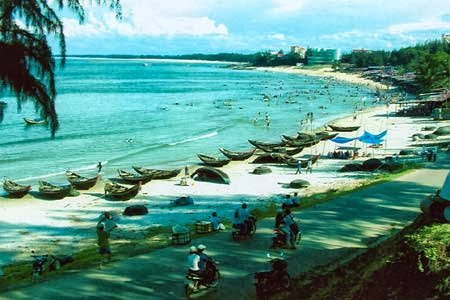
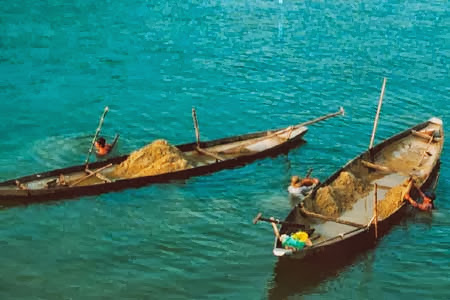
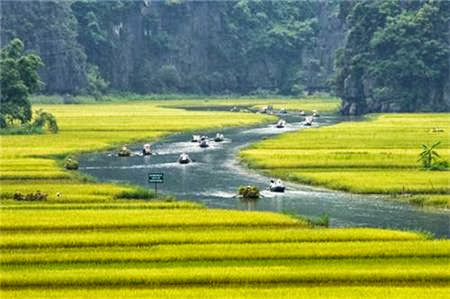
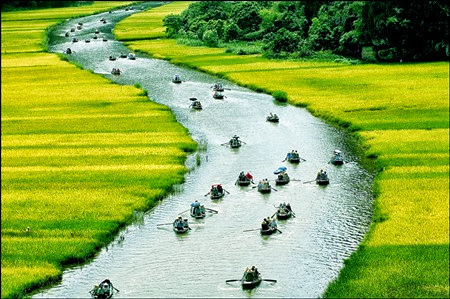
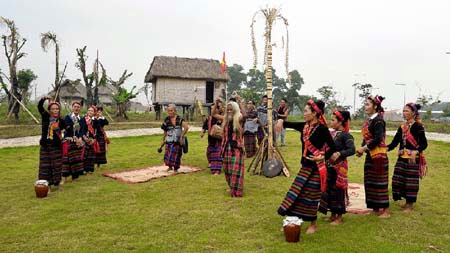

.jpg)



0 nhận xét: